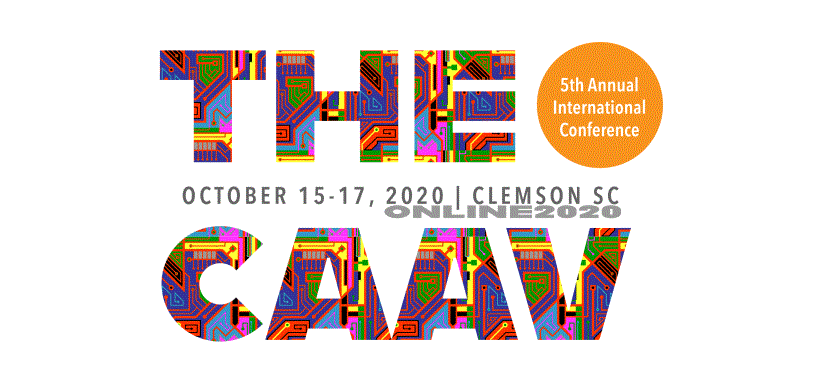Event Title
Purdue Envision Center: Our Journey to Become a Self-sustaining Organization
Location
Clemson, SC
Start Date
17-10-2020 11:45 AM
End Date
17-10-2020 12:10 PM
Presentation Type
Presentation
Description
The Envision Center at Purdue University was established in 2004 as part of the Research Computing department within the Information Technology at Purdue (ITaP) organization. The research center was a collaboration between the public and private sector, with funding provided by a grant from the National Science Foundation, corporate partners including IBM and Intel, and Purdue.[1] Originally equipped with a CAVE environment, an Access Grid and a Haptics facility, faculty across all disciplines of the university were able to visualize and effectively communicate complex research concepts. By 2013, both the Access Grid and the Haptics facility had been removed. The center was continuing to utilize the CAVE environment, but was moving more towards head mounted display (HMD) devices such as the Oculus Rift and the HTC Vive. The center was staffed with a technical director and approximately 5-8 graduate and undergraduate students, with additional oversight and support provided by a Research Computing program manager. In FY2013, the center’s expenses were 98% general funds and 2% recharge. Since this time, the center began moving to a recharge service model putting focus towards developing recharge rates in order to grow revenue and minimize the financial burden on general funds. Currently, the center offers services in the areas of data visualization, virtual and augmented reality, motion capture and media creation. The CAVE has been replaced by a 4x4 viz wall and a motion capture system has been installed. The center now has a team of 4.5 full time staff members made up by a technical director, three visual solutions engineers and a half-time program manager. The center has also grown its student employees to be ~20 graduate and undergraduate students. By FY2020, revenue has grown 40-fold and expenses are now only 65% general funded and 35% recharge and the center is forecasted to be fully self-sustaining by FY2026.
Purdue Envision Center: Our Journey to Become a Self-sustaining Organization
Clemson, SC
The Envision Center at Purdue University was established in 2004 as part of the Research Computing department within the Information Technology at Purdue (ITaP) organization. The research center was a collaboration between the public and private sector, with funding provided by a grant from the National Science Foundation, corporate partners including IBM and Intel, and Purdue.[1] Originally equipped with a CAVE environment, an Access Grid and a Haptics facility, faculty across all disciplines of the university were able to visualize and effectively communicate complex research concepts. By 2013, both the Access Grid and the Haptics facility had been removed. The center was continuing to utilize the CAVE environment, but was moving more towards head mounted display (HMD) devices such as the Oculus Rift and the HTC Vive. The center was staffed with a technical director and approximately 5-8 graduate and undergraduate students, with additional oversight and support provided by a Research Computing program manager. In FY2013, the center’s expenses were 98% general funds and 2% recharge. Since this time, the center began moving to a recharge service model putting focus towards developing recharge rates in order to grow revenue and minimize the financial burden on general funds. Currently, the center offers services in the areas of data visualization, virtual and augmented reality, motion capture and media creation. The CAVE has been replaced by a 4x4 viz wall and a motion capture system has been installed. The center now has a team of 4.5 full time staff members made up by a technical director, three visual solutions engineers and a half-time program manager. The center has also grown its student employees to be ~20 graduate and undergraduate students. By FY2020, revenue has grown 40-fold and expenses are now only 65% general funded and 35% recharge and the center is forecasted to be fully self-sustaining by FY2026.


